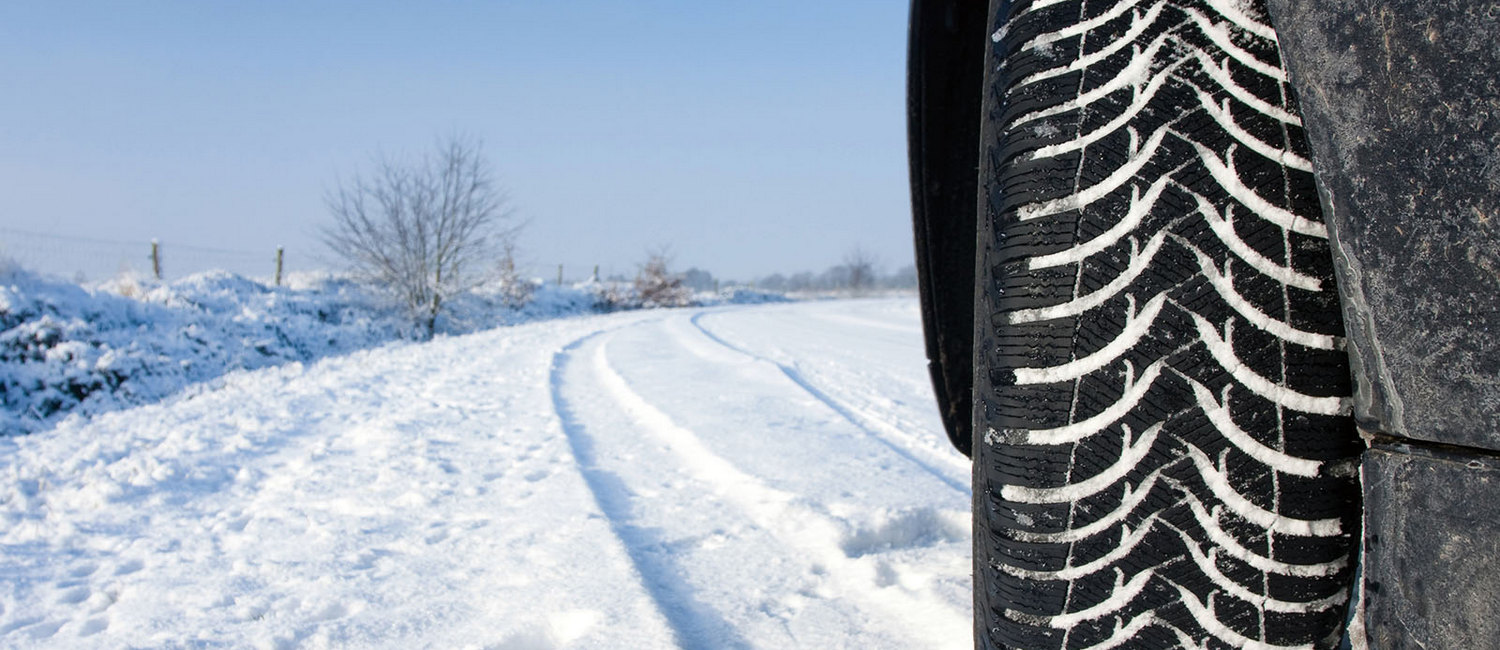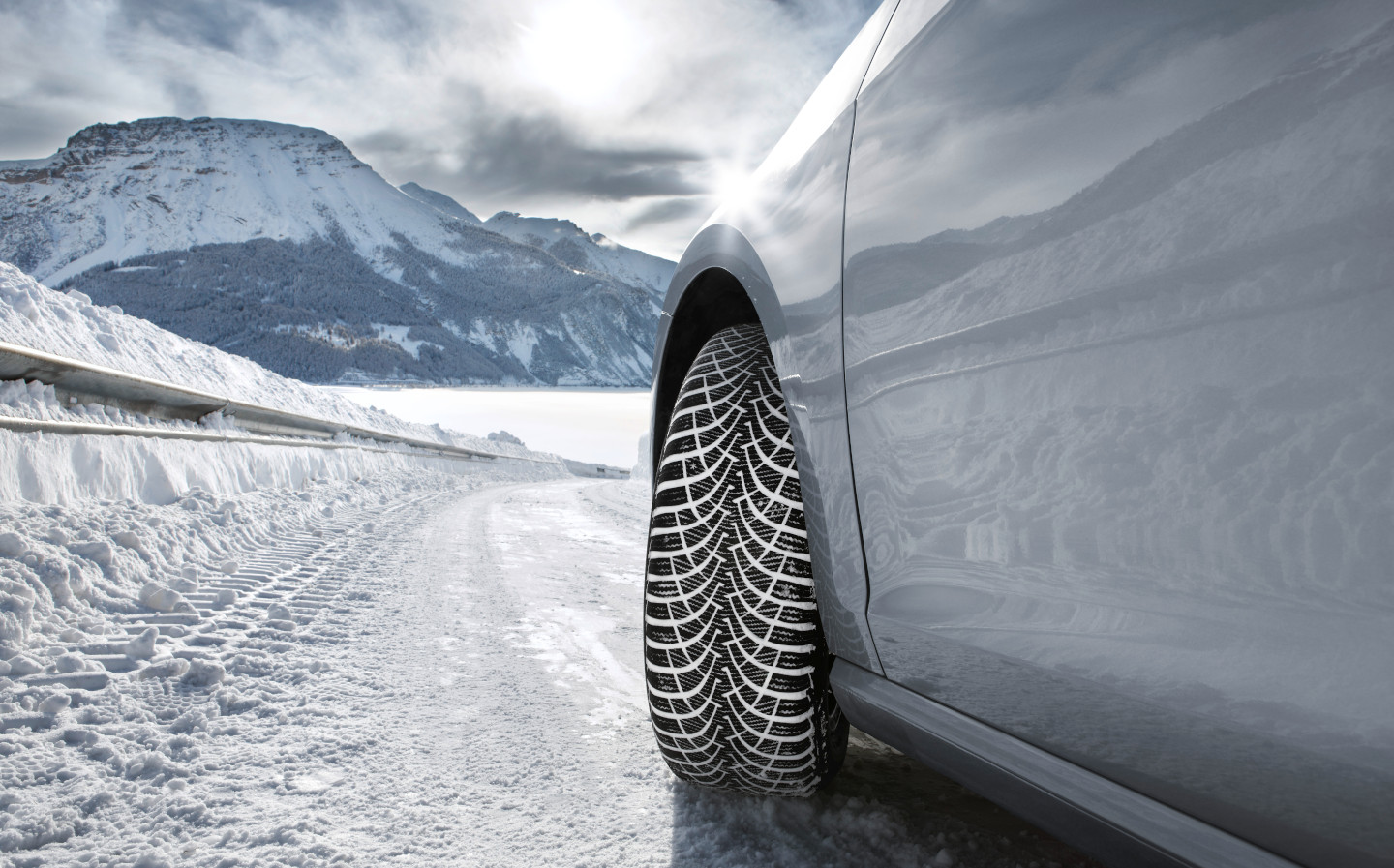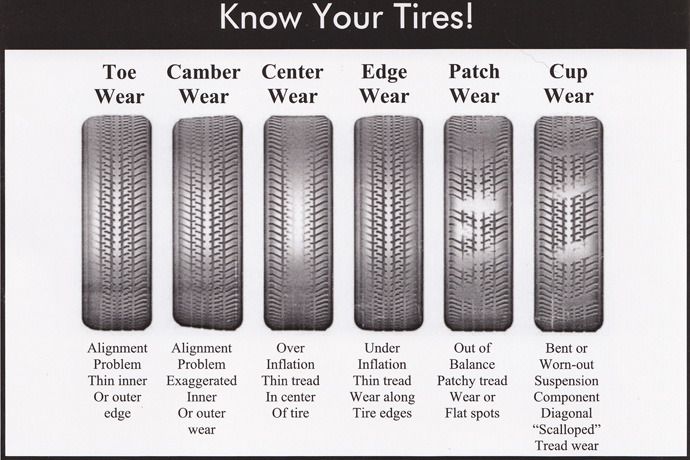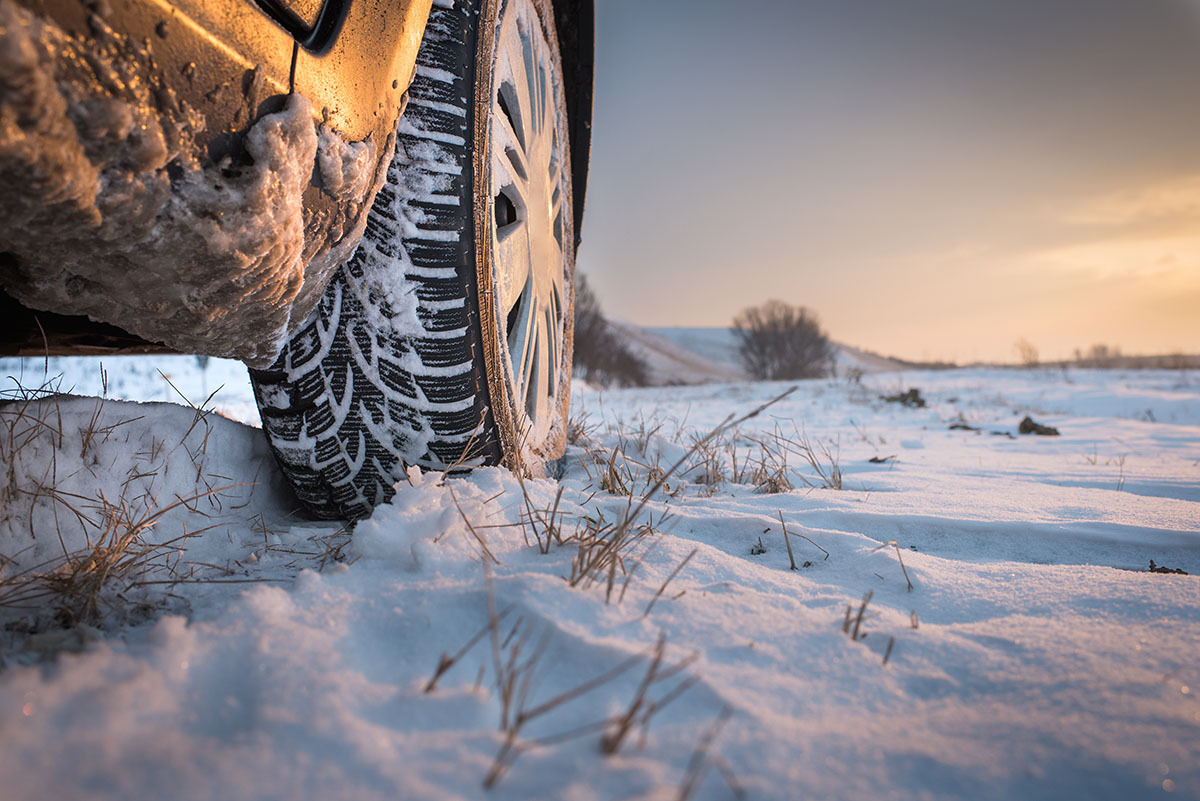Why Winter Tyres Matter: Staying Safe on Frosty Roads
As the winter months approach, cyclists face a unique set of challenges on the road. Frosty roads, icy surfaces, and reduced visibility can make even the most experienced riders feel uneasy. One crucial aspect of winter cycling is the type of tyres used on the bike. Winter bike road tyres are specifically designed to provide improved traction, control, and safety in cold and icy conditions.
Using regular tyres in winter conditions can be hazardous, as they are not designed to handle the unique demands of cold weather. Regular tyres can become brittle and lose their grip on the road, increasing the risk of accidents. In contrast, winter bike road tyres are made with specialized materials and tread patterns that provide better grip, braking, and cornering capabilities.
Winter bike road tyres are designed to stay flexible in cold temperatures, allowing them to maintain contact with the road surface. This flexibility, combined with advanced tread patterns, enables riders to brake and corner with confidence, even on icy or snowy roads. Additionally, winter tyres are often designed with a unique tread compound that stays soft and grippy in cold conditions, providing improved traction and control.
By switching to winter bike road tyres, cyclists can significantly reduce their risk of accidents and enjoy a safer, more confident ride. Whether commuting to work, training for a competition, or simply enjoying a winter ride, the right tyres can make all the difference. In the following sections, we will explore the key factors to consider when choosing the best winter bike road tyres for your needs.
How to Choose the Right Winter Tyres for Your Bike
Choosing the right winter bike road tyres can be a daunting task, especially with the numerous options available in the market. However, by considering a few key factors, cyclists can make an informed decision and find the perfect tyres for their winter riding needs.
One of the most important factors to consider is tyre width. Winter bike road tyres come in a range of widths, from 23mm to 32mm, and the right width for you will depend on your riding style and the type of bike you have. Narrower tyres (23-25mm) are ideal for road bikes and provide a faster rolling resistance, while wider tyres (28-32mm) are better suited for cyclocross or gravel bikes and offer more comfort and traction.
Tread pattern is another crucial factor to consider when choosing winter bike road tyres. Different tread patterns are designed for specific riding conditions, and the right pattern for you will depend on the type of roads you ride on. For example, semi-slick tyres are ideal for dry and smooth roads, while aggressive tread patterns are better suited for rough and icy roads.
Material is also an important consideration when choosing winter bike road tyres. Tyres made from high-quality materials, such as rubber and Kevlar, provide improved durability and puncture resistance. Look for tyres with a high thread count and a durable casing to ensure a long-lasting and reliable ride.
Some popular winter bike road tyre models include the Continental Grand Prix 4 Season and the Michelin Pro 4 Endurance. These tyres are designed to provide improved traction, control, and durability in cold and icy conditions, and are ideal for cyclists who ride in harsh winter conditions.
When choosing winter bike road tyres, it’s also important to consider the type of bike you have and the type of riding you do. For example, if you have a road bike, you may want to consider tyres with a narrower width and a smoother tread pattern. If you have a cyclocross or gravel bike, you may want to consider tyres with a wider width and a more aggressive tread pattern.
Understanding Tyre Tread Patterns: What to Look for in Winter Tyres
When it comes to winter bike road tyres, the tread pattern is a critical factor to consider. Different tread patterns are designed for specific riding conditions, and the right pattern for you will depend on the type of roads you ride on and your personal riding style.
Semi-slick tyres are a popular choice for winter riding, as they offer a balance of speed and traction. These tyres feature a smooth center tread with small tread blocks on the shoulders, providing a fast rolling resistance on dry roads while still offering some grip on wet or icy surfaces.
Full slick tyres, on the other hand, are designed for dry and smooth roads. They feature a completely smooth tread pattern, providing the fastest rolling resistance and lowest rolling resistance. However, they offer little to no grip on wet or icy surfaces, making them less suitable for winter riding.
Aggressive tread patterns are designed for rough and icy roads, featuring large tread blocks and a more open tread pattern. These tyres provide excellent grip and traction on snow, ice, and wet roads, but may be slower and less efficient on dry roads.
When choosing a winter bike road tyre, it’s essential to consider the type of roads you ride on and your personal riding style. If you ride on dry and smooth roads, a semi-slick or full slick tyre may be the best choice. However, if you ride on rough and icy roads, an aggressive tread pattern may be more suitable.
Some popular winter bike road tyre models with different tread patterns include the Continental Grand Prix 4 Season (semi-slick), the Michelin Pro 4 Endurance (semi-slick), and the Schwalbe Marathon Winter (aggressive tread pattern). These tyres are designed to provide improved traction, control, and durability in cold and icy conditions, and are ideal for cyclists who ride in harsh winter conditions.
The Benefits of Tubeless Winter Tyres: Is it Worth the Upgrade?
Tubeless winter tyres have gained popularity in recent years, and for good reason. These tyres offer several benefits over traditional tyres, including improved puncture resistance, reduced weight, and increased traction.
One of the main advantages of tubeless winter tyres is their ability to seal small punctures automatically. This is achieved through the use of a liquid sealant that is injected into the tyre, which can seal holes up to a certain size. This means that riders can continue to ride even if they get a puncture, without having to stop and repair the tyre.
Tubeless winter tyres are also lighter than traditional tyres, which can improve the overall performance of the bike. This is especially important for winter riding, where every bit of weight savings can make a difference.
In addition to their practical benefits, tubeless winter tyres also offer improved traction and control on snowy and icy roads. This is due to the unique tread pattern and compound used in these tyres, which is designed to provide maximum grip and stability in cold and slippery conditions.
However, it’s worth noting that tubeless winter tyres can be more expensive than traditional tyres, and may require a special rim and valve to function properly. Additionally, the process of converting to tubeless tyres can be more complicated than traditional tyres, and may require the help of a professional mechanic.
Despite these potential drawbacks, many riders find that the benefits of tubeless winter tyres far outweigh the costs. If you’re considering upgrading to tubeless winter tyres, it’s worth doing some research and reading reviews from other riders to see if they’re right for you.
Some popular tubeless winter tyre models include the Schwalbe Pro One and the Continental GP 5000 TL. These tyres are designed to provide improved puncture resistance, reduced weight, and increased traction, making them ideal for winter riding.
Winter Tyre Pressure: How to Get it Right for Optimal Performance
Proper tyre pressure is essential for optimal performance and safety when riding on winter bike road tyres. Underinflated tyres can lead to reduced traction, increased rolling resistance, and a higher risk of punctures, while overinflated tyres can result in a harsh ride and reduced grip.
To ensure optimal performance, it’s essential to check and adjust the tyre pressure regularly, especially in cold weather conditions. The recommended tyre pressure can be found on the sidewall of the tyre or in the manufacturer’s instructions.
For winter bike road tyres, a general rule of thumb is to inflate the tyres to the recommended pressure, then reduce it by 1-2 PSI for improved traction and control on snowy and icy roads. However, this may vary depending on the specific tyre model and riding conditions.
It’s also important to note that tyre pressure can affect the performance of different tyre types. For example, tubeless winter tyres may require a slightly higher pressure than traditional tyres to ensure proper sealing and performance.
When checking and adjusting tyre pressure, it’s essential to use a reliable and accurate pressure gauge. Digital pressure gauges are generally more accurate than analogue gauges and can provide a more precise reading.
In addition to regular tyre pressure checks, it’s also important to inspect the tyres regularly for signs of wear and damage. Look for cracks, cuts, and excessive wear on the tread and sidewalls, and replace the tyres if necessary.
Some popular winter bike road tyre models, such as the Continental Grand Prix 4 Season and the Michelin Pro 4 Endurance, have specific pressure recommendations that can be found on the manufacturer’s website or in the instructions.
Real-World Testing: How Different Winter Tyres Perform in the Cold
To help you make an informed decision when choosing the best winter bike road tyres for your needs, we’ve put together a real-world testing comparison of different tyre models. We tested several popular winter tyre models, including the Continental Grand Prix 4 Season, Michelin Pro 4 Endurance, and Schwalbe Marathon Winter, in various conditions such as snow, ice, and wet roads.
Our testing results showed that the Continental Grand Prix 4 Season performed exceptionally well in snowy conditions, providing excellent traction and control. The Michelin Pro 4 Endurance also performed well, but was slightly less effective in icy conditions. The Schwalbe Marathon Winter, on the other hand, excelled in wet road conditions, providing excellent grip and handling.
We also compared the performance of different tyre tread patterns, including semi-slick, full slick, and aggressive tread patterns. Our results showed that semi-slick tyres, such as the Continental Grand Prix 4 Season, provided a good balance of traction and rolling resistance, while full slick tyres, such as the Michelin Pro 4 Endurance, were better suited for dry and smooth roads. Aggressive tread patterns, such as the Schwalbe Marathon Winter, provided excellent grip and traction in snowy and icy conditions, but were slightly slower and less efficient on dry roads.
Based on our testing results, we recommend the Continental Grand Prix 4 Season for riders who prioritize traction and control in snowy conditions, while the Michelin Pro 4 Endurance is a good option for riders who prioritize rolling resistance and efficiency on dry roads. The Schwalbe Marathon Winter is a good option for riders who prioritize grip and traction in wet road conditions.
It’s worth noting that the performance of winter bike road tyres can vary depending on the specific riding conditions and the rider’s personal preferences. We recommend trying out different tyre models and tread patterns to find the best fit for your riding style and needs.
Maintenance and Storage: Tips for Extending the Life of Your Winter Tyres
Proper maintenance and storage of your winter bike road tyres can help extend their lifespan and ensure optimal performance. Here are some tips to help you keep your tyres in top condition:
Cleaning: Regularly clean your tyres with a soft brush and mild soap to remove dirt and debris. Avoid using harsh chemicals or abrasive materials that can damage the tyre’s surface.
Drying: After cleaning, make sure to dry your tyres thoroughly with a clean towel. This will help prevent water spots and mineral deposits from forming on the tyre’s surface.
Storage: Store your tyres in a cool, dry place away from direct sunlight. Avoid storing tyres in a garage or shed where they may be exposed to moisture or extreme temperatures.
Inspections: Regularly inspect your tyres for signs of wear and damage, such as cracks, cuts, or excessive wear on the tread and sidewalls. Replace your tyres if you notice any of these signs.
Tyre pressure: Check your tyre pressure regularly and adjust it according to the manufacturer’s recommendations. Proper tyre pressure can help extend the life of your tyres and improve their performance.
By following these tips, you can help extend the life of your winter bike road tyres and ensure optimal performance. Remember to always check your tyres before each ride and to replace them if you notice any signs of wear or damage.
Some popular winter bike road tyre models, such as the Continental Grand Prix 4 Season and the Michelin Pro 4 Endurance, are designed to provide long-lasting performance and durability. However, proper maintenance and storage are still essential to ensure the longevity of your tyres.
Conclusion: Finding the Perfect Winter Tyres for Your Bike
Choosing the right winter bike road tyres can be a daunting task, but by considering the factors discussed in this article, you can make an informed decision and find the perfect tyres for your needs. Remember to consider the importance of choosing the right winter tyres, understanding tyre tread patterns, and proper maintenance and storage.
Winter bike road tyres are designed to provide improved traction, control, and safety in cold and icy conditions. By choosing the right tyres, you can enjoy a safer and more confident ride, even in the most challenging winter conditions.
When selecting winter bike road tyres, consider the type of riding you will be doing, the terrain you will be riding on, and the weather conditions you will be riding in. Different tyre models and tread patterns are designed for specific riding conditions, so it’s essential to choose the right tyres for your needs.
Proper maintenance and storage of your winter bike road tyres are also crucial to ensure optimal performance and extend their lifespan. Regularly clean and dry your tyres, store them in a cool and dry place, and check their pressure regularly.
By following the tips and advice outlined in this article, you can find the perfect winter bike road tyres for your needs and enjoy a safe and confident ride, even in the most challenging winter conditions.
Some popular winter bike road tyre models, such as the Continental Grand Prix 4 Season and the Michelin Pro 4 Endurance, are designed to provide long-lasting performance and durability. However, it’s essential to remember that proper maintenance and storage are still necessary to ensure the longevity of your tyres.








